Tools for Change
R.J. Walter
Professional photographer from Ketchum, Idaho
R.J. Walter’s photo of a chimpanzee looking off into the distance is one of my all-time favorite images. When Jane Goodall came to give a talk in my little city in New Zealand, I shelled out sixty bucks for a ticket because the picture was so incredibly compelling; it made me want to learn about this soulful creature. I’ve never actually seen a chimp in person (except maybe in a zoo when I was a little kid), but I know I want them to survive. And that’s exactly what R.J., or Rebecca, is trying to achieve.
Rebecca spent a lot of time in Africa with her family as a kid, and grew up with the wildlife of the savannah and forests of Kenya. Her mom taught her how to take photos starting when she was seven – first with a simple point and shoot, and then with a DSLR when she was 13. Being surrounded by nature during those formative years obviously made an impression, since she became an environmental studies major, and then a professional conservation photographer. Now she works with lots of conservation groups in Africa, including Save the Elephants in Kenya, and the Chimpanzee Sanctuary and Wildlife Conservation Trust in Uganda. She mostly takes photos to raise awareness, but she also raised a baby chimp for the first five weeks of his life while on assignment in Uganda. And for the last few years, she’s been photographing a bit closer to home, especially the wild horses in Wyoming. She’s also the Resident Photographer for the Northern Rockies Conservation Cooperative.
Having taken photos for most of her life, Rebecca has seen environments change. The elephants don’t shape nearly as much of the landscape as they used to; they’re being poached for the ivory trade. As human populations go up, animal populations go down, or are pushed into habitats that don’t suit them. And of course, this is pretty concerning. As Rebecca says, “Without biodiversity, our planet lacks the vibrancy of life and becomes unsustainable. I feel that humans have become too centered on ourselves, instead of seeing us all as part of a larger whole, connected to the earth and animals around us.” And to fix this problem, her main tool is her camera.
The phrase, “A picture is worth a thousand words,” comes to mind as Rebecca tells me about how powerful images can be. “There’s something about seeing a photograph that is engaging and raw - there is no denying that this is real, this happened,” she says. Of course, it is possible now to alter photos using programs like Photoshop, and she acknowledges that. But she also makes it clear that she doesn’t fake anything in her photography – no artificial lighting, no altering of the animal’s behavior, no adding things into or taking them out of her images, nothing. It’s challenging. You have to know the animals and the environment well, and exercise a lot of patience. But it pays off. What you see in her photos is the real deal.
Making sure that the images are accurate is only half the battle though. In order to take action to help the animals at risk, people need to really care about them. They need an emotional connection with the animal. Rebecca says, “I think a lot of people don’t really know what is happening in the world, and they don’t have a personal connection to it. We’ve become so disconnected from the Earth, its inhabitants, and ourselves, which in turn has destabilized our ecosystems and caused unbalance in many aspects of life on Earth. Bringing back that connection with the natural world, and with the other species we share it with, is what we need in order to heal and grow, and create the best place to be for everyone. I hope that through my photographs people regain that sense of wonder and connection to the natural world, and ultimately take action to help protect it.” By capturing such compelling and emotionally evocative images, Rebecca makes the issues tangible and personal, which makes them that much more powerful, and more likely to bring about change.
Rebecca feels strongly that we humans must take responsibility for protecting biodiversity. We can speak for ourselves, but other animals can’t, so we need to speak for them. Her photos speak loudly and clearly, telling us to pay attention to these animals and the problems they face. Ultimately, she wants to secure the future for as many species as she can: “It doesn’t matter what my subject is, from an insect to a whale – I want to help create a connection and make a difference.”
Quick Facts
Favorite place to take photos: Africa – especially Kenya
Favorite photo subject: “Elephants are such intelligent, emotional, and incredible beings. They have a very powerful presence and are simply amazing to be around.”
What’s next for Rebecca: Photographing gorillas in the wild, bringing attention and awareness to any species or place she can, and reconnecting people with the natural world
Where you can find her online: www.rjwalter.com
Rebecca's Photography Tips
- Be patient – you can’t force anything to happen.
- Get to know your subjects, and be able to anticipate what they might do.
- Network as much as you can, and save up.
- Follow your dreams, don’t give up, and just go for it!







